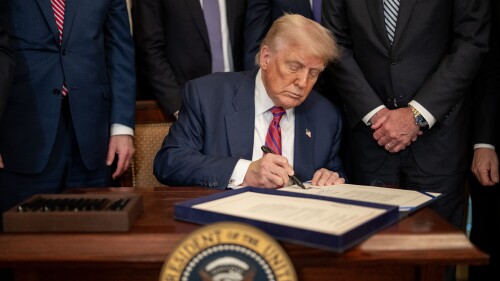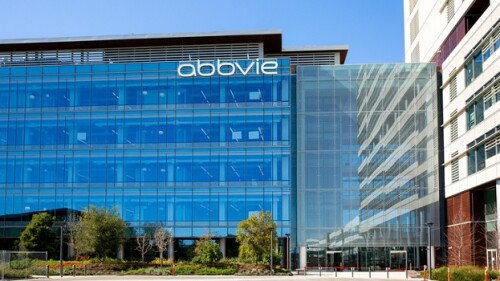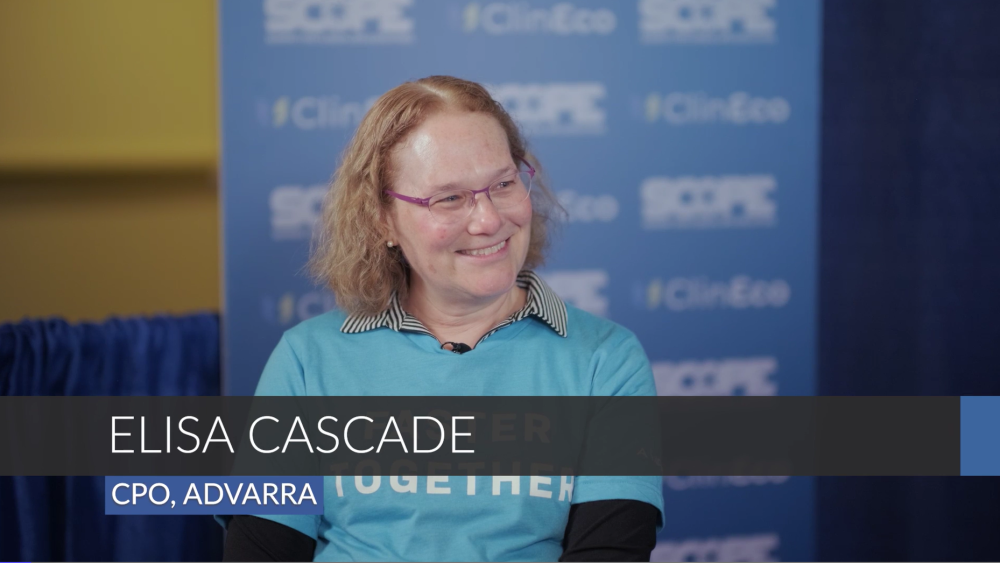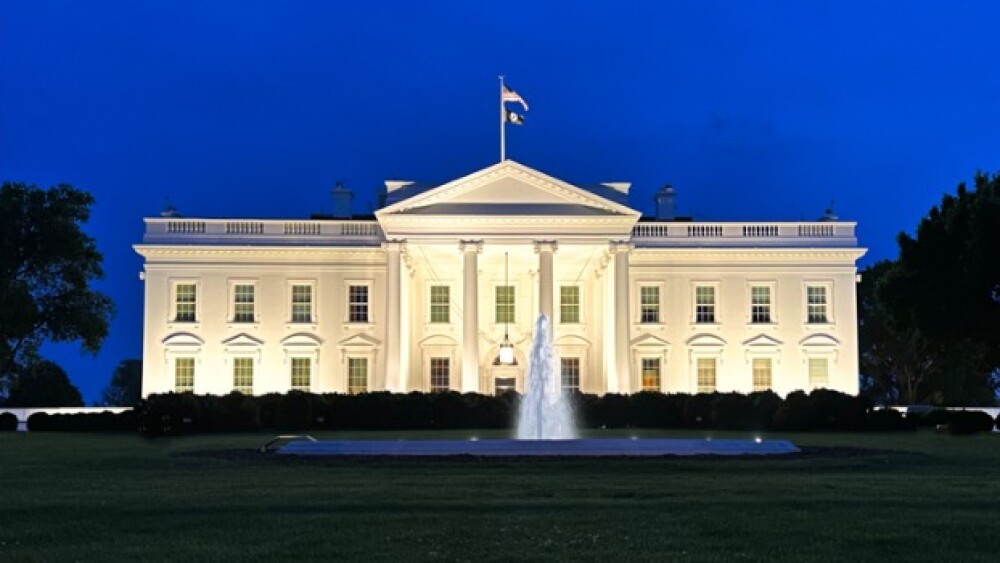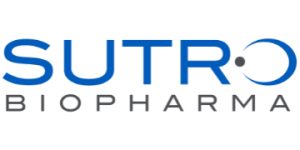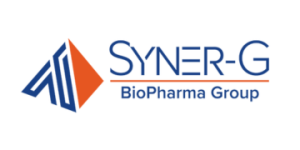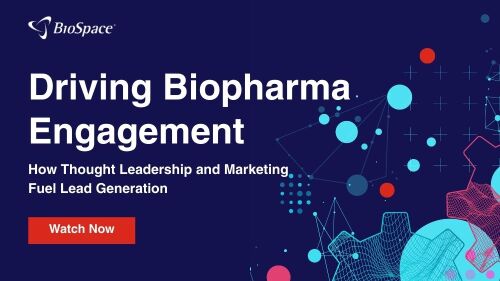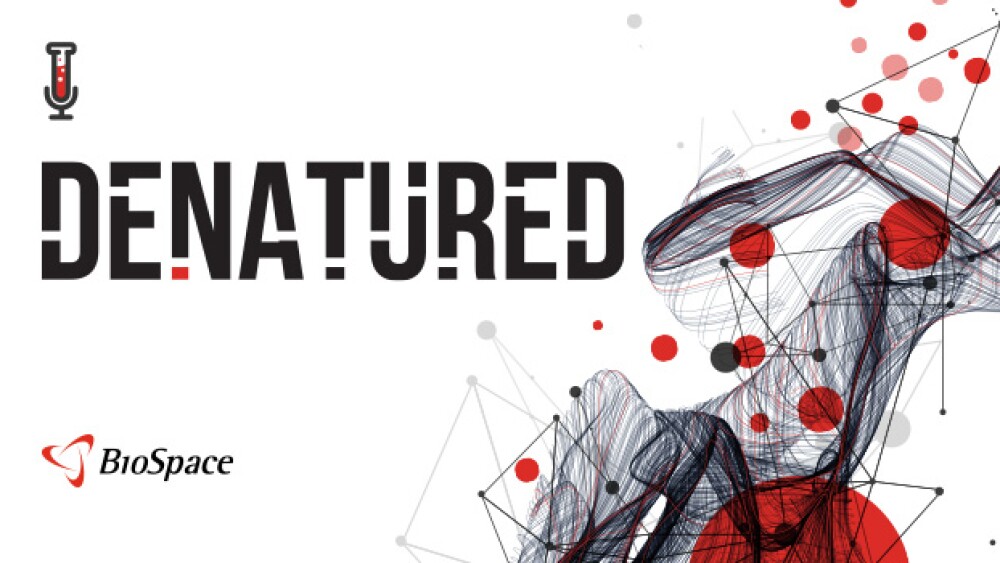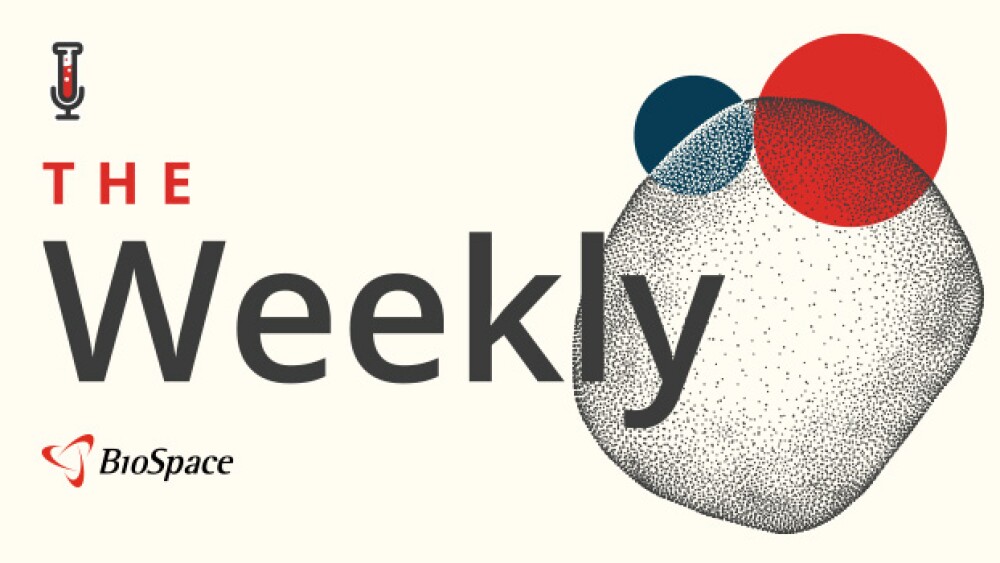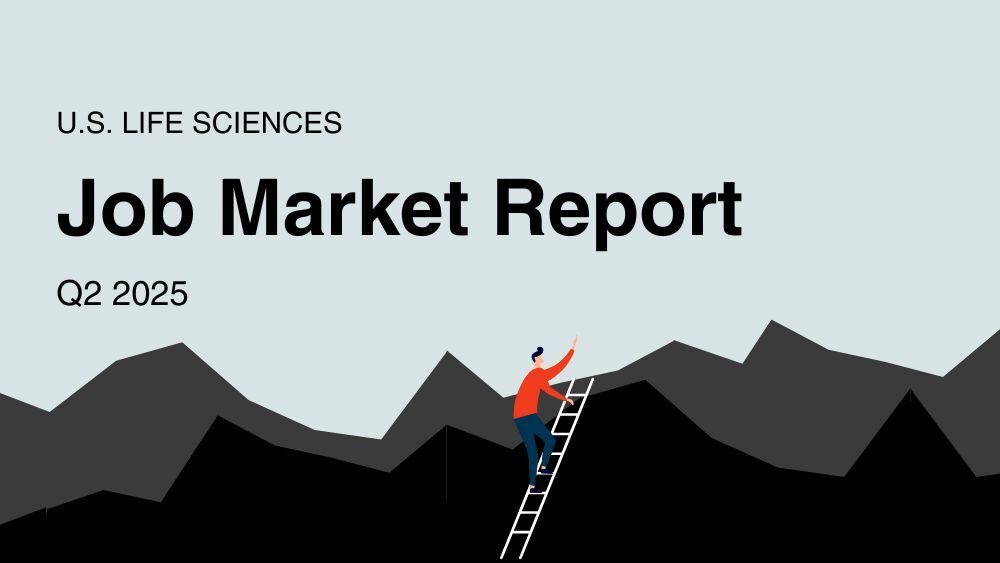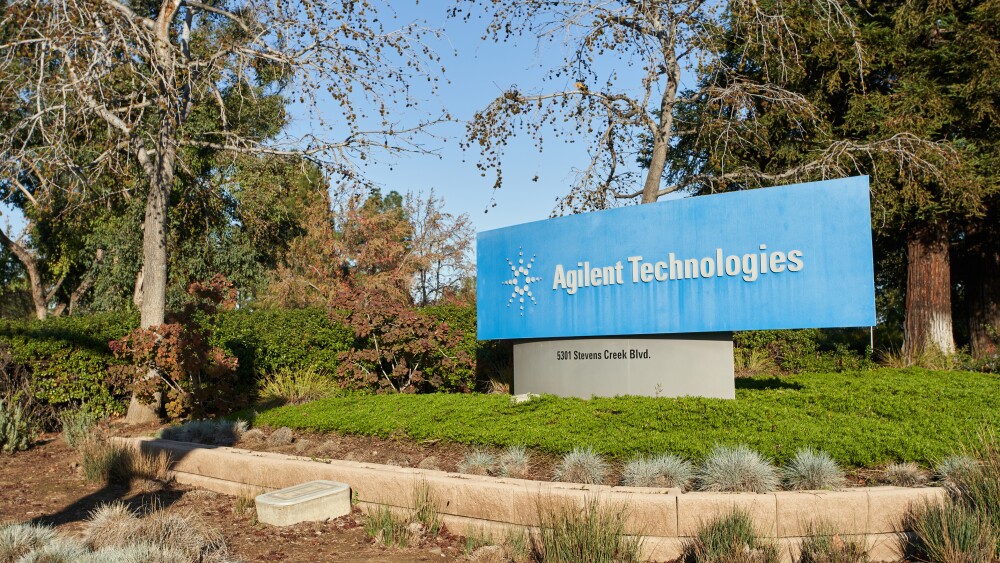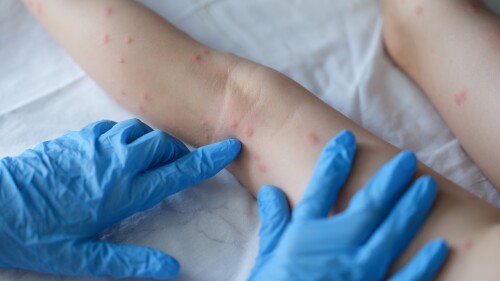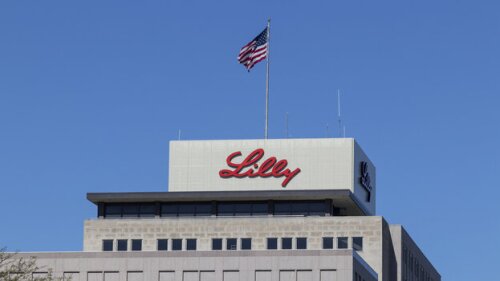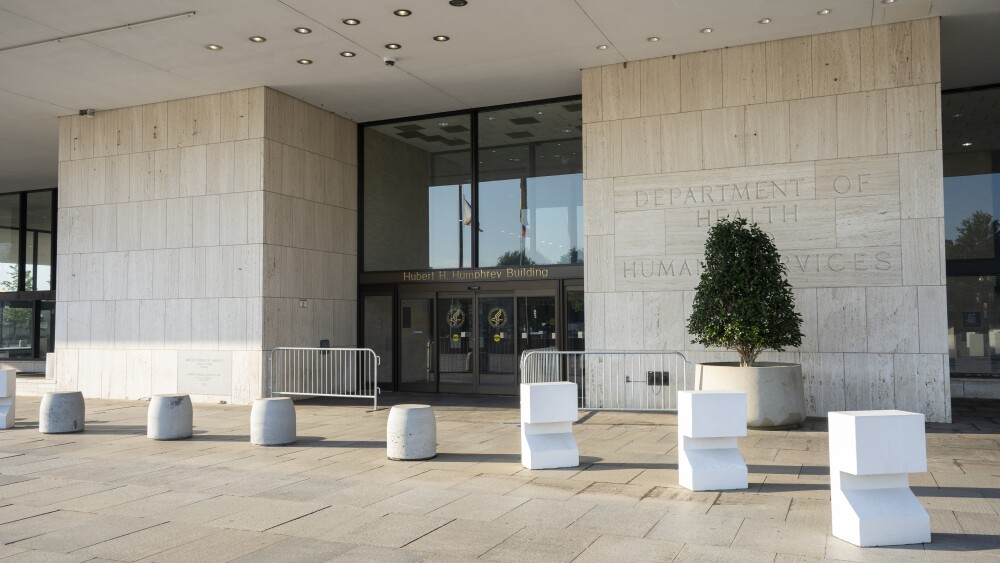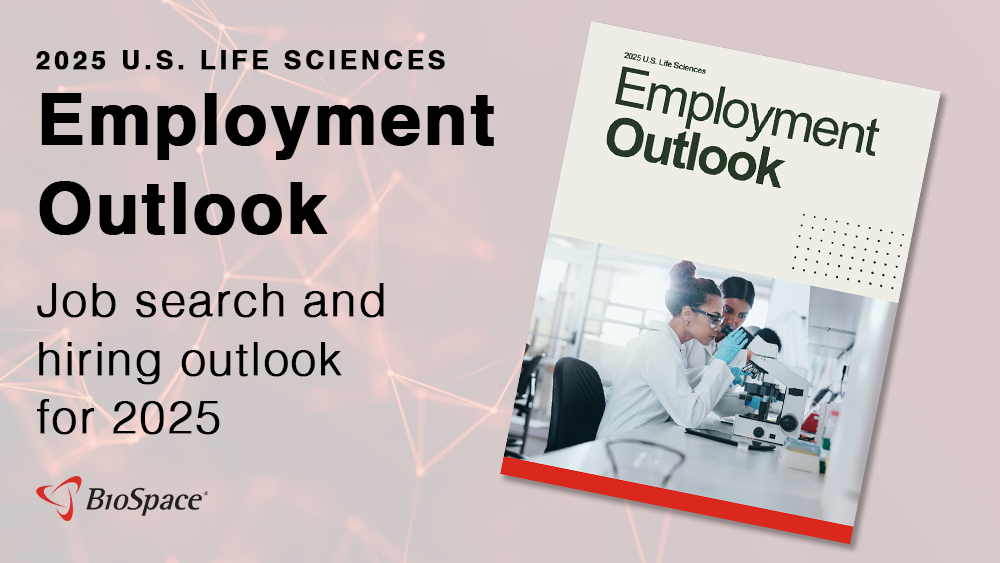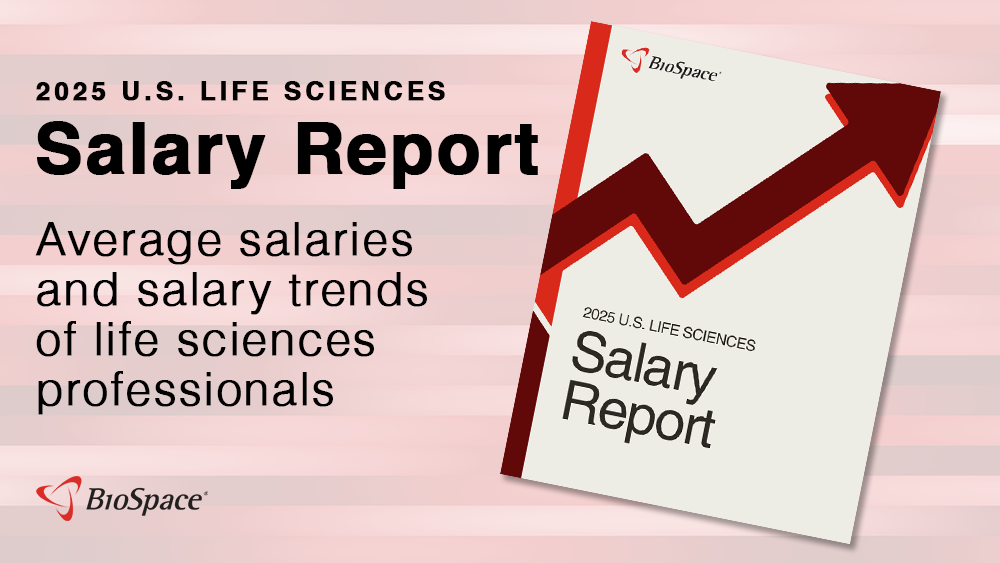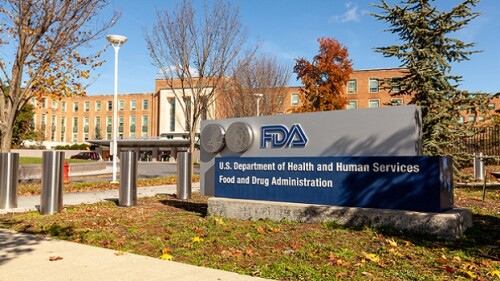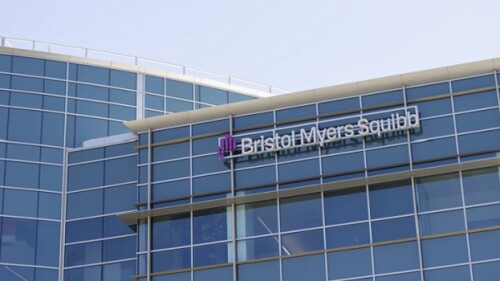Merck has characterized its cost-cutting initiative as more of a reallocation of resources to support other, higher-growth areas of its business.
In 17 identical letters posted to his Truth Social account, the president said companies must lower their prices or the government ‘will deploy every tool in our arsenal to protect American families from continued drug pricing practices.’
The FDA greenlit multiple new drugs this month and issued some notable label expansions, including for Eli Lilly’s Kisunla. Meanwhile, the regulator turned away a cell therapy for Duchenne muscular dystrophy and a gene therapy for the rare disease Sanfilippo syndrome.
Bristol Myers Squibb tested Cobenfy as an adjunctive treatment with atypical antipsychotics for schizophrenia in the Phase III ARISE study, which earlier this year failed to demonstrate significant symptom improvement.
For now, Sanofi’s U.S. inventory is insulating the company from a potential 15% tariff on drugs shipped from the EU.
Move over Humira, Skyrizi and Rinvoq are expected to beat the former megablockbuster’s peak sales by the end of this year.
FEATURED STORIES
A cautionary tale illustrates how forging a deal with a Big Pharma can have unexpected and far-reaching tax consequences.
Elisa Cascade, CPO at Advarra explains why addressing the challenges faced by clinical research sites is vital for improving patient trust and the overall viability of clinical trials.
COUR Pharmaceuticals has been around a while, but not until last year did the company solidify behind its ultimate mission with a series A raise.
The hammer came down on an unspecified number of FDA employees this weekend, days after Robert F. Kennedy Jr. was confirmed as HHS Secretary.
Continuing our SCOPE 2025 coverage, Rohit Nambisan, CEO at Lokavant addresses not only current challenges, but the life sciences industry’s responsibility to maintain scientific integrity.
After the rejection of Lykos Therapeutics’ MDMA-based PTSD treatment tempered excitement for psychedelic therapeutics, a recent approval and positive data are generating new momentum, which experts expect to continue throughout 2025 and 2026.
LATEST PODCASTS
BioSpace’s Lori Ellis and Chantal Dresner bring live updates from day three of #DIA2024 in San Diego.
This week on Denatured, Head of Insights Lori Ellis and guests discuss the persisting challenges of diversity, equity and inclusion when designing clinical trials.
This week’s news ranged from BioSpace’s on-the-ground updates from DIA to safety concerns in clinical trials to BIOSECURE Act updates to new projections that the GLP-1 market could top $100 billion within 10 years.
Subscribe to Genepool
Subscribe to BioSpace’s flagship publication including top headlines, special editions and life sciences’ most important breaking news
SPECIAL EDITIONS
In this deep dive, BioSpace explores the next big thing in obesity.
BioSpace did a deep dive into biopharma female executives who navigated difficult markets to lead their companies to high-value exits.
BioSpace data show biopharma professionals faced increased competition for fewer employment opportunities during the second quarter of 2025, with increased pressure from further layoffs.
DEALS
-
The acquisition of the contract development and manufacturing organization will allow Agilent Technologies to provide a one-stop source for gene-editing services for its customers.
-
Oral doses of SIGA Technologies’ antiviral drug Tpoxx will help the U.S. maintain its reserves of the vaccine in preparation for future potential outbreaks, according to the company.
-
After completing a buyout transaction with The Column Group to remove it from the stock exchange, NGM Bio has raised a $122M Series A to fund a registrational study for a rare liver disease drug and a Phase II trial in hyperemesis gravidarum.
-
Asceneuron, which develops small molecules targeting tau protein aggregation, plans to use the funds to advance its Alzheimer’s disease asset into Phase II.
-
Akebia Therapeutics on Thursday said it regained full U.S. rights to its chronic kidney disease anemia drug Vafseo, which the biotech has priced at around $15,500 per year.
WEIGHT LOSS
-
With Amgen’s MariTide results at the lower end of investors’ expectation of 20% to 25% weight loss, the much-anticipated readout sent the company’s shares tumbling.
-
While taldefgrobep alfa failed to show improved motor function in spinal muscular atrophy, treated patients saw a marked reduction in body fat. Biohaven plans to launch a Phase II trial in obesity by the end of the year.
-
Eli Lilly will provide the funding and expertise to advance Laekna’s LAE102, a first-in-class monoclonal antibody targeting the activin type IIA receptor to induce weight loss and boost muscle mass.
-
Wegovy is being made available to Chinese patients five months after its approval in the country. Novo will sell the medicine for about $193.27 for a one-month supply.
-
Despite crowding in the next-gen weight loss space, Metsera has raised over $500 million since its April launch, indicating a continued appetite for these drugs.
POLICY
-
Despite these cuts, the FDA should be able to stay above a “trigger” level that would prevent it from collecting fees from the pharma industry and deprive it of approximately half of its annual funding, according to The Washington Post.
-
In the wake of unprecedented workforce cuts at the FDA, former Commissioner Scott Gottlieb and an unnamed former CBER director spoke to analysts about potential implications for drug review timelines and agency morale.
-
Playing both sides of trade war, pharma companies are asking for certain compensations for scientific innovation and a smoother regulatory framework.
-
Analysts are “cautiously optimistic” about Trump’s executive order, noting that changes to the IRA drug price negotiation program will still require Congressional action before being implemented.
-
Trump could use the findings of the probe to impose certain trade restrictions on pharma products, including tariffs.
Understanding the difference between talent acquisition and recruitment is vital not only for your hiring process but for the entire organization.
Discover the most common departments that make up a BioPharma company, learn about the responsibilities of each department and figure out which role is the right fit for you.
Like any field, there are upsides and downsides to working in biotech, and educating yourself can help you make an informed decision if you’re considering a career in this industry.
Learn the best tips, tricks, and practices to help yourself to get the first job after college life sciences industry right out of college in our comprehensive guide.
Discover the most in-demand pharma qualifications and how to use them to score your dream job in our comprehensive guide.
Instead of going through pharma job search websites, you should create a powerful LinkedIn profile. Check out Biospace to find out the benefits of having a strong LinkedIn Profile.
HOTBEDS
REPORTS
In this Employment Outlook report, BioSpace explores current workforce sentiment, job activity trends and the prospective job and hiring outlook for 2025, particularly as it compares to the previous year.
BioSpace’s third report on diversity, equity, inclusion and belonging in life sciences examines dramatic shifts in attitude around diversity initiatives.
CANCER
-
Protein degradation–focused Neomorph nabs its third Big Pharma deal of around $1.5 billion in less than a year.
-
With an eye toward advancing a novel antibody-drug conjugate for gastrointestinal cancers, ArriVent is the latest biopharma player to ink a deal with a Chinese biotech.
-
Ascentage is looking to use the IPO proceeds to advance its Phase III candidates for chronic or small lymphocytic leukemia and for certain types of chronic myeloid leukemia.
-
The FDA is putting Atara’s active Investigational New Drug applications on hold due to manufacturing concerns at a third-party provider while releasing Amylyx’s investigational ALS therapy from a previous pause.
-
Datroway, formerly known as Dato-DXd, significantly improved median progression-free survival in a Phase III study but failed to do so for overall survival.
NEUROSCIENCE
-
Intra-Cellular submitted its application to the FDA for Caplyta’s approval in major depressive disorder, potentially opening up an additional $1 billion in sales. Still, the stock remains “cheap,” according to Jefferies analysts.
-
Monday’s agreement comes days after PTC discontinued the development of another asset, utreloxastat, due to disappointing Phase II data in amyotrophic lateral sclerosis.
-
Despite hotly debated biomarkers and failed or delayed confirmatory trials, the accelerated approval program has a track record of propelling R&D for some of medicine’s most challenging illnesses.
-
Emboldened by technological advances and a deeper knowledge of glioblastoma, Merck, Kazia Therapeutics, CorriXR Therapeutics and others are targeting the often-fatal brain tumor.
-
Despite the “unfortunate” failure, William Blair analysts do not believe that the utreloxastat readout will heavily affect PTC, instead postulating that the upcoming FDA decision on its phenylketonuria candidate sepiapterin will be a stronger driver of the biotech’s stock.
CELL AND GENE THERAPY
-
Stephen Majors from the Alliance for Regenerative Medicine, which hosts the conference, spoke with BioSpace about what the more than 2,000 attendees can expect to learn next week in Phoenix about the pressing issues confronting the industry.
-
To say that 2seventy bio’s short two years of existence have been dramatic is an understatement. CEO Chip Baird told BioSpace transparency and a committed staff have kept the biotech going through thick and thin.
-
District Judge Jesse Furman ruled that the plaintiff, UMB Bank, does not have standing to bring the case against Bristol Myers Squibb because it is not a properly appointed trustee for shareholders’ contingent value rights.
-
In an effort to expand its cash runway beyond 12 months, Prime Medicine has signed a deal with Bristol Myers Squibb worth a potential $3.5 billion, while also streamlining its pipeline to trim costs.
-
Pfizer’s sudden market withdrawal of sickle cell therapy Oxbryta, which some analysts predicted would reach $750 million in sales by the end of the decade, has left patients and healthcare providers with few options, while investors question the pharma giant’s dealmaking prowess.





